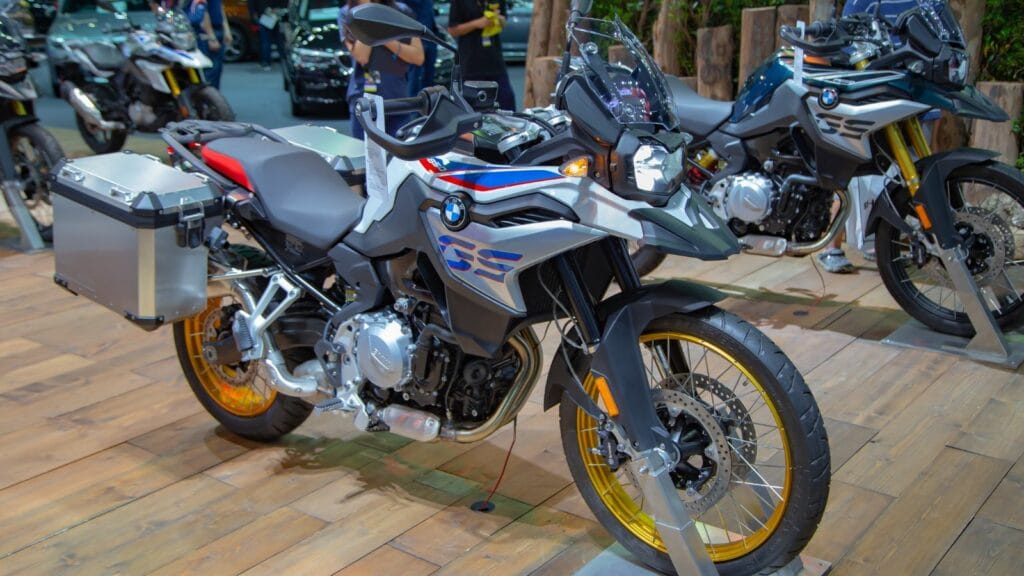Motorbikes are symbols of freedom, grit, and endurance. Some bikes, with just a little TLC, will keep running like they’re fresh off the assembly line, even if the assembly line is as old as our grandparents! Here are 23 bikes that have proven themselves to be everlasting time capsules.
Honda CB750
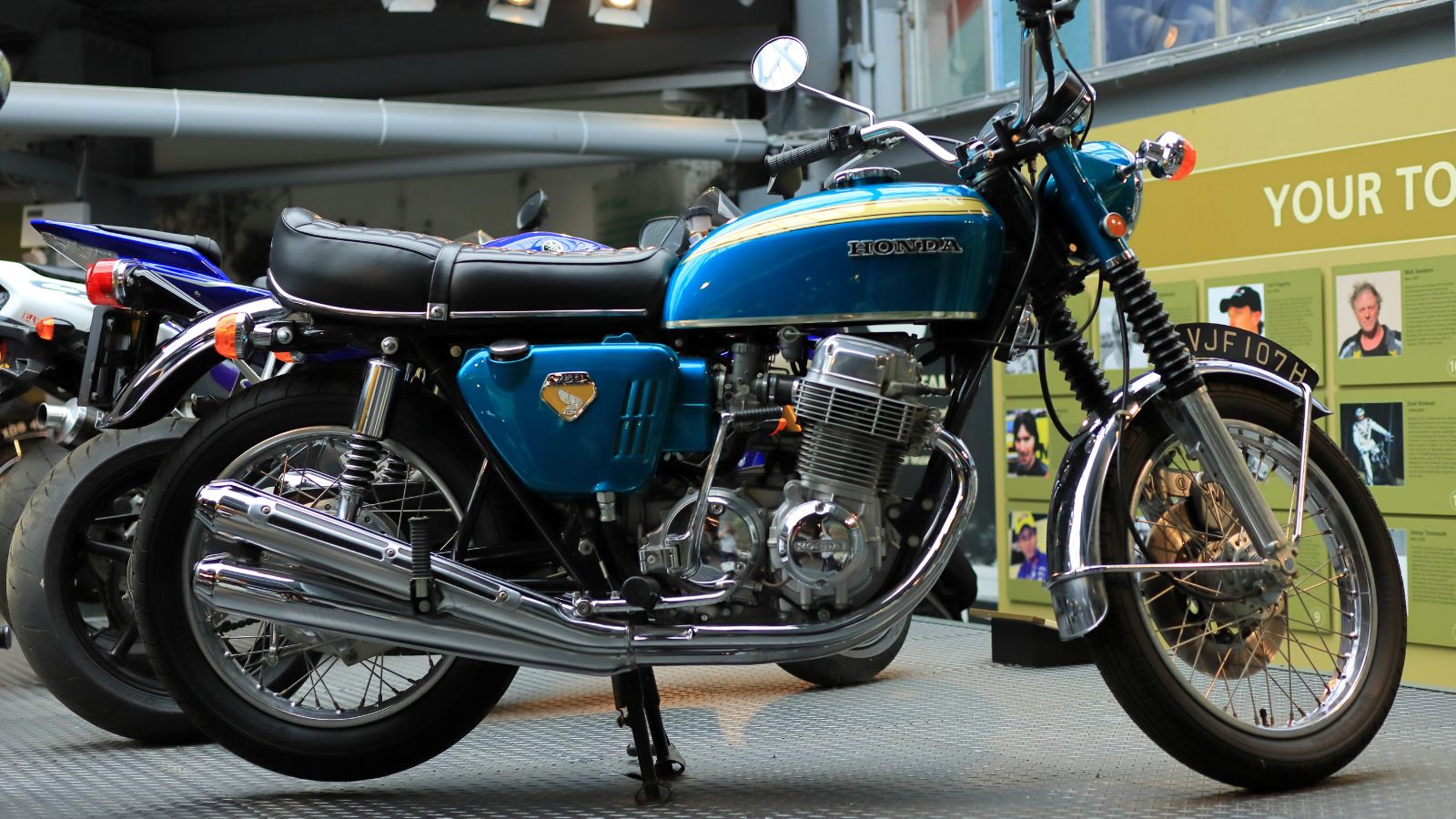
The Honda CB750 debuted in 1969, and if there’s one bike that keeps aging like fine wine, it’s this one. Often hailed as the “world’s first superbike,” it featured a powerful inline-four engine and front disc brakes—a breakthrough at the time. Many riders today swear by the CB750’s reliability and simple design.
Harley-Davidson Sportster
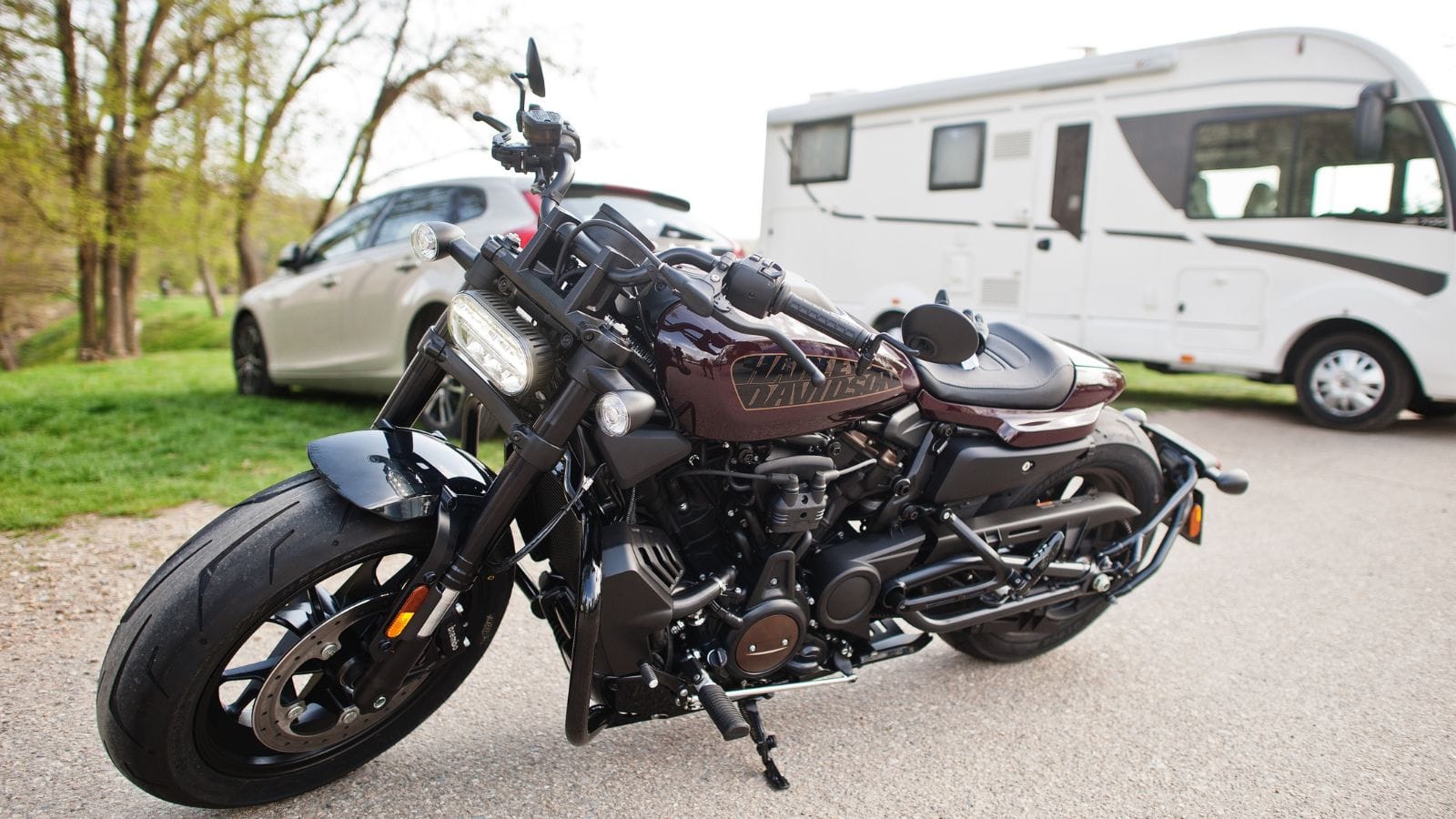
Introduced in 1957, the Sportster is still roaming roads across America. Featuring an air-cooled V-twin engine, the Sportster offers power and simplicity, making it a favorite among riders and custom bike builders. Originally designed as a performance bike to compete with British imports, it’s become iconic for its lightweight frame and unique style. The “Sporty” is rugged, customizable, and perfect for that endless desert road.
Royal Enfield Bullet
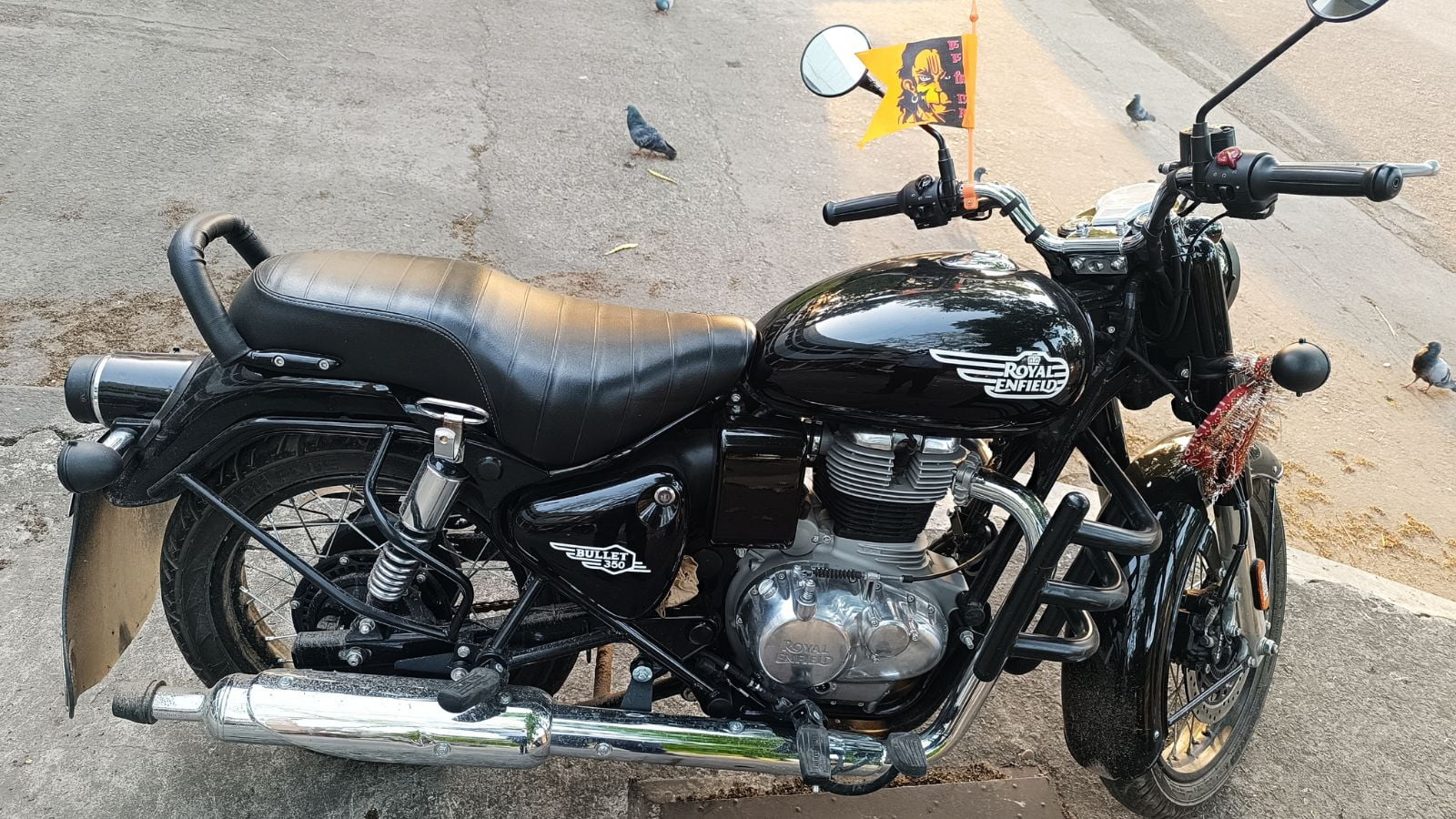
The Bullet first hit the streets in 1931, making it one of the longest-running motorcycles in production. Known for its timeless design and thumping single-cylinder engine, this bike brings a certain gravitas to the road. Riders cherish the Bullet for its laid-back vibe and, more importantly, its ability to shrug off bad weather, rough terrain, and endless wannabe imitators.
BMW R-Series
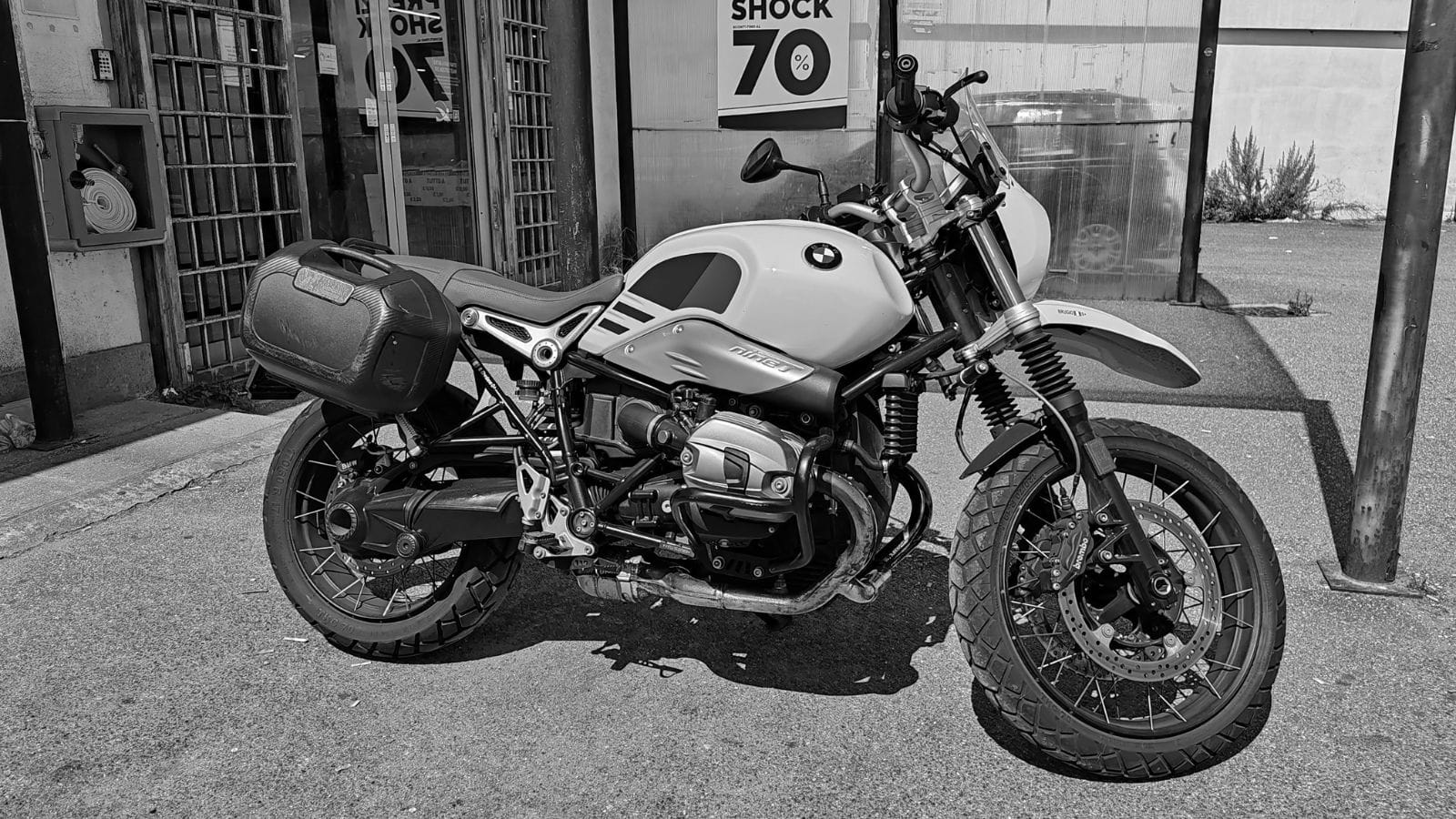
BMW’s R-series bikes are the poster children for German engineering. First produced in 1923, these bikes keep going strong, thanks to the boxer engine’s unique configuration that provides stability and longevity. This series gained popularity among long-distance riders and was pivotal during WWII, with models like the R75 featuring a sidecar and two-wheel drive. Post-war, BMW’s R-Series evolved, and models like the R90S and R100RS redefined touring, sporting innovative fairings and high-speed stability.
Kawasaki KZ900
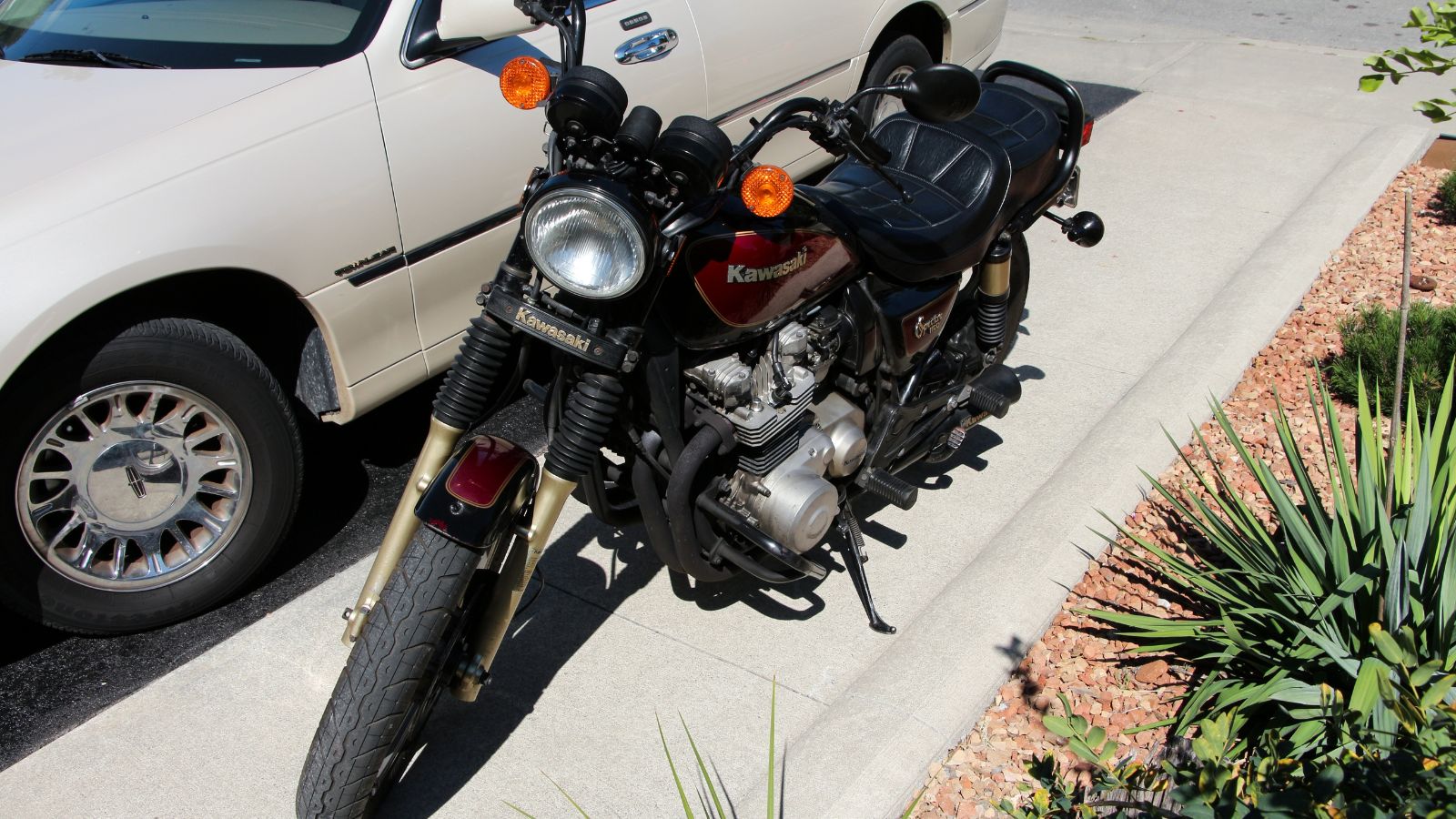
Known as the “King of Cool” in the ‘70s, the Kawasaki KZ900 was everything a speed freak wanted. Capable of speeds up to 130 mph, it was a favorite of speed enthusiasts who appreciated its smooth power delivery and strong acceleration. The KZ900’s double-cradle frame, telescopic front forks, and dual rear shock absorbers provide balanced handling that helped it stand out in the emerging superbike market.
Yamaha XS650
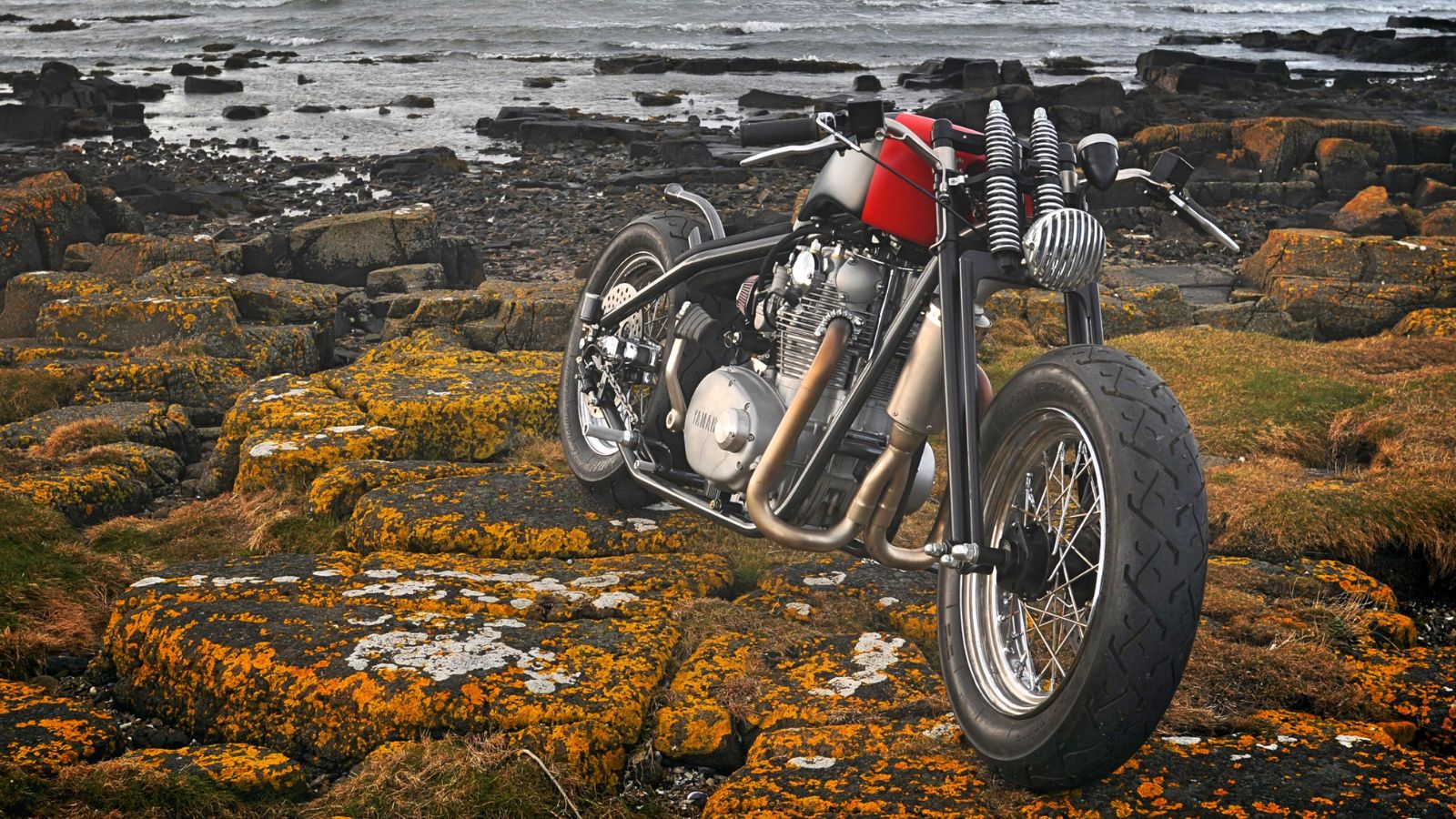
When the XS650 came out in 1968, it was Japan’s polite but firm way of telling the British they could also build a solid twin-cylinder bike. Known for its balanced handling and bulletproof engine, the XS650 is a favorite among café racer enthusiasts. And if you’re ever in a bind, a nearby biker can help you rebuild it with a butter knife and sheer determination.
Suzuki GS750
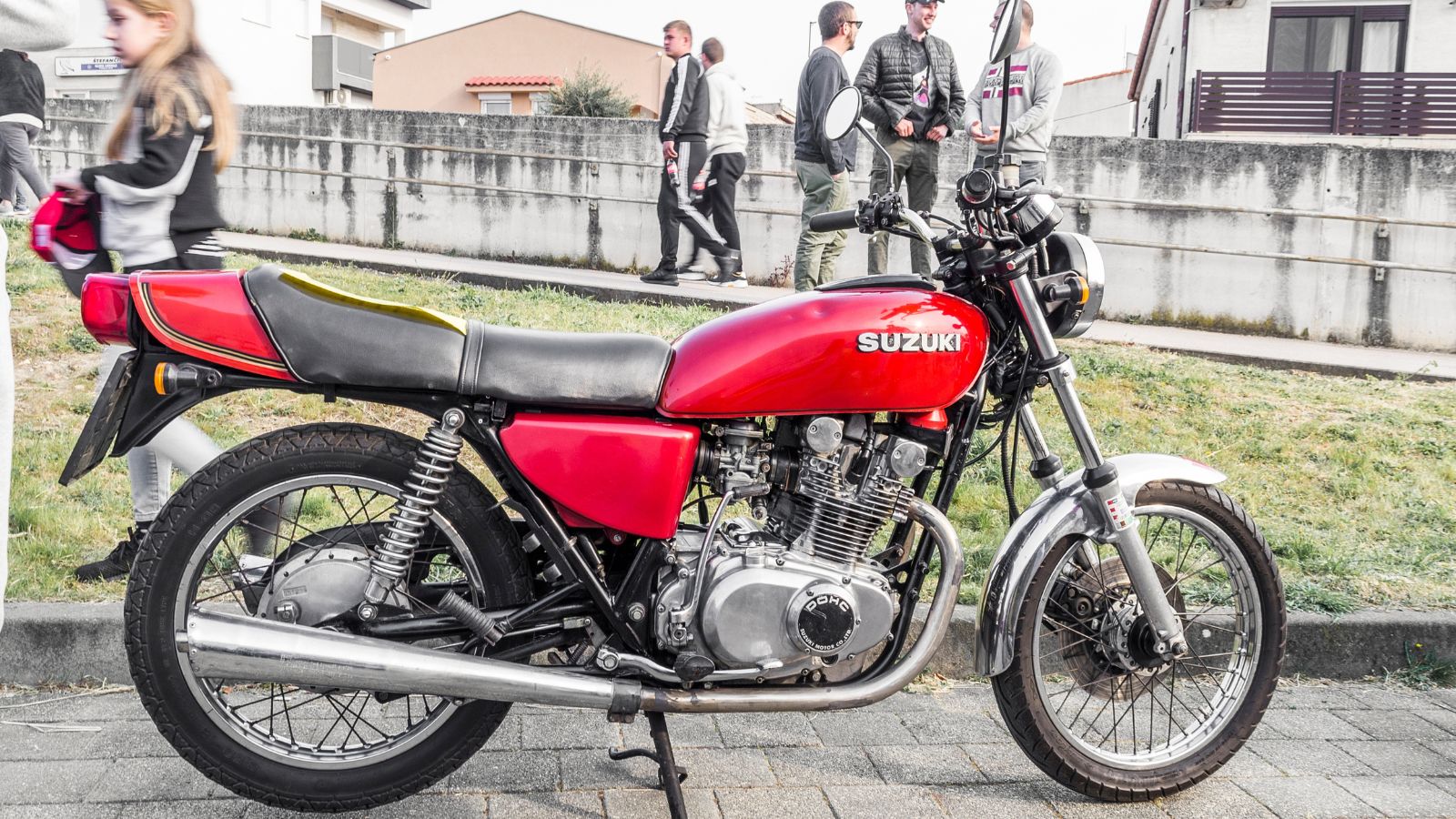
Overshadowed by the CB750, Suzuki’s GS750 deserves a comeback story. It boasted a five-speed transmission, double overhead cams, and a double cradle frame, contributing to its stability and handling at higher speeds. Notably, the GS750 had a reputation for reliability and required minimal maintenance compared to other bikes of the era, making it an appealing choice for long-distance riders. Plus, its smooth inline-four engine still hums like it’s stuck in the ‘70s, which is precisely why it’s on this list.
Moto Guzzi Le Mans

The Moto Guzzi Le Mans brought Italian charisma to motorcycling in 1976. Named after the famous 24 Hours of Le Mans endurance race, this bike was designed with both aesthetics and agility in mind. It featured a sporty stance, a distinct red-and-black paint scheme, and a pronounced, transverse-mounted 90° V-twin engine. This unique engine layout contributed to the bike’s powerful 71 hp and improved handling, making it a standout on curving European roads.
Triumph Bonneville
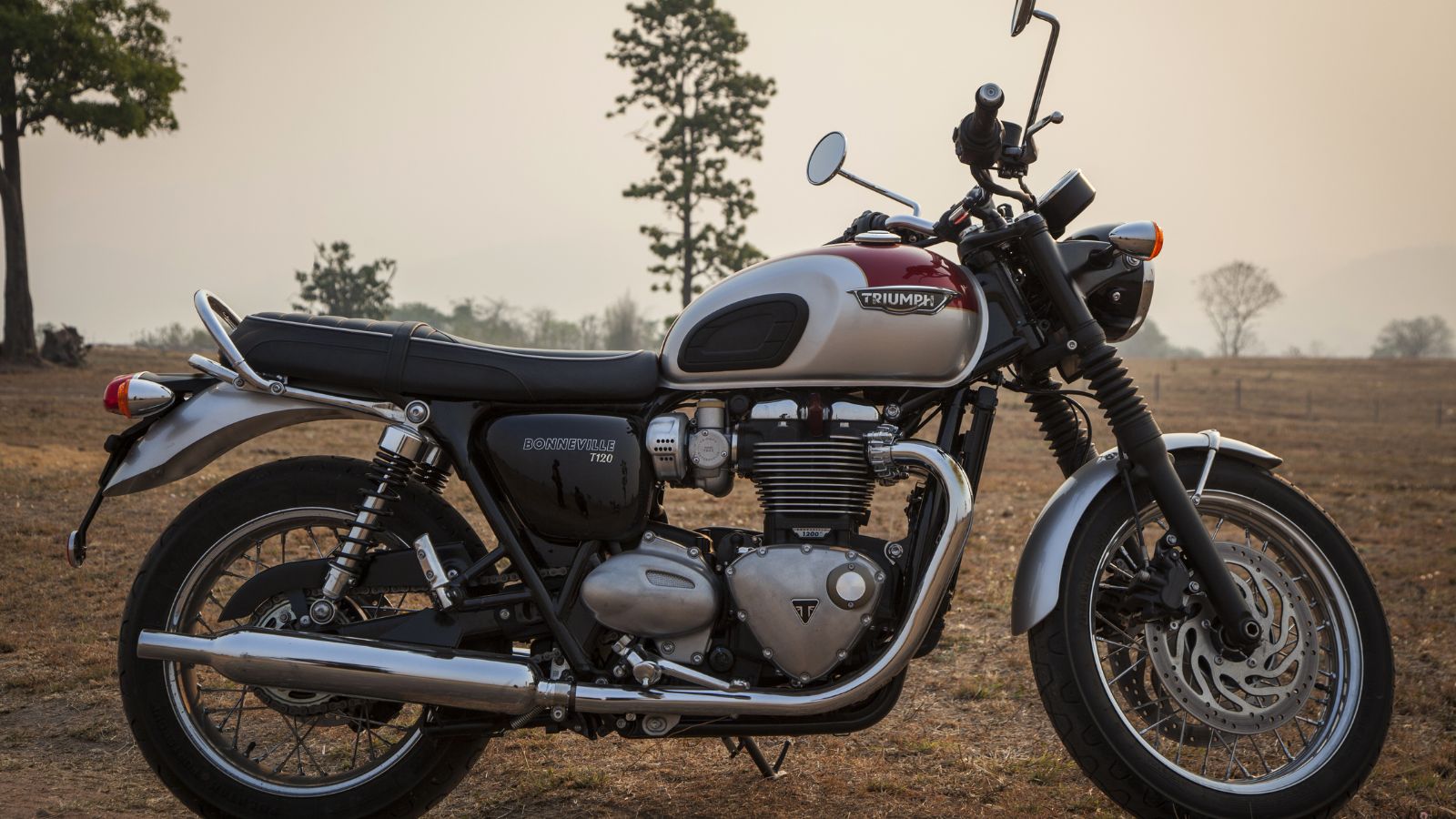
The Triumph Bonneville, named after the Bonneville Salt Flats, first hit the road in 1959 and still shines as a quintessential British bike. With a distinctive tear-drop fuel tank, flat seat, and minimalistic chrome accents, the Bonneville was celebrated for its clean, classic British aesthetic, embodying the “café racer” style popularized in the 1960s. Its design was so iconic that Triumph has retained the retro styling in modern models, even as they incorporate contemporary tech like fuel injection.
Yamaha RD350
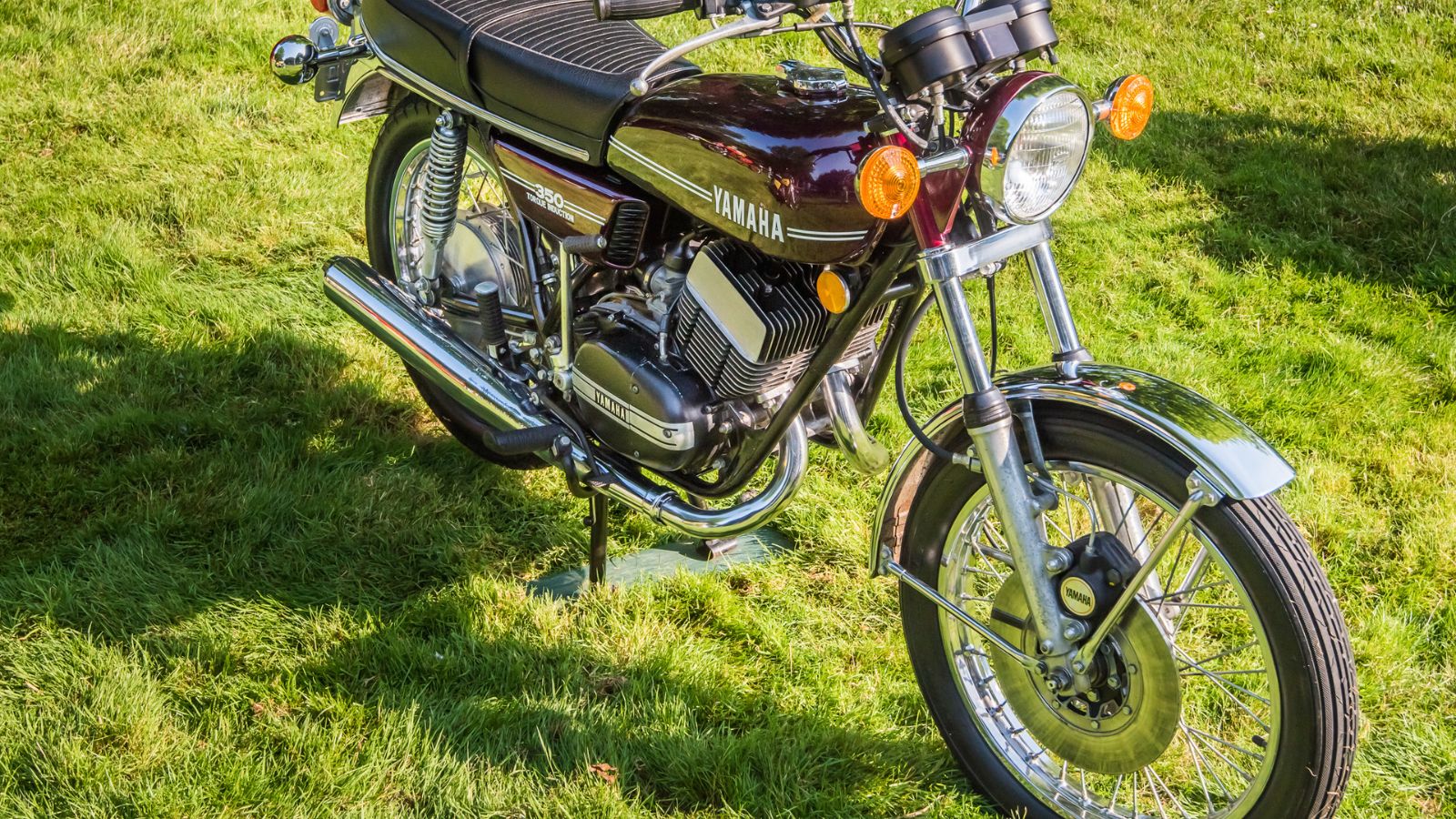
The Yamaha RD350 dominated the 1970s with its lightweight frame and snarling two-stroke engine. Weighing just about 352 pounds, the RD350’s design aimed for peak power-to-weight performance, making it a “giant killer” that outperformed many larger bikes. It featured a dual-disc braking system, one of the first of its kind, giving it impressive stopping power. Even today, riders praise it for its raw, visceral power and unpredictable, thrilling ride.
Kawasaki Ninja 250
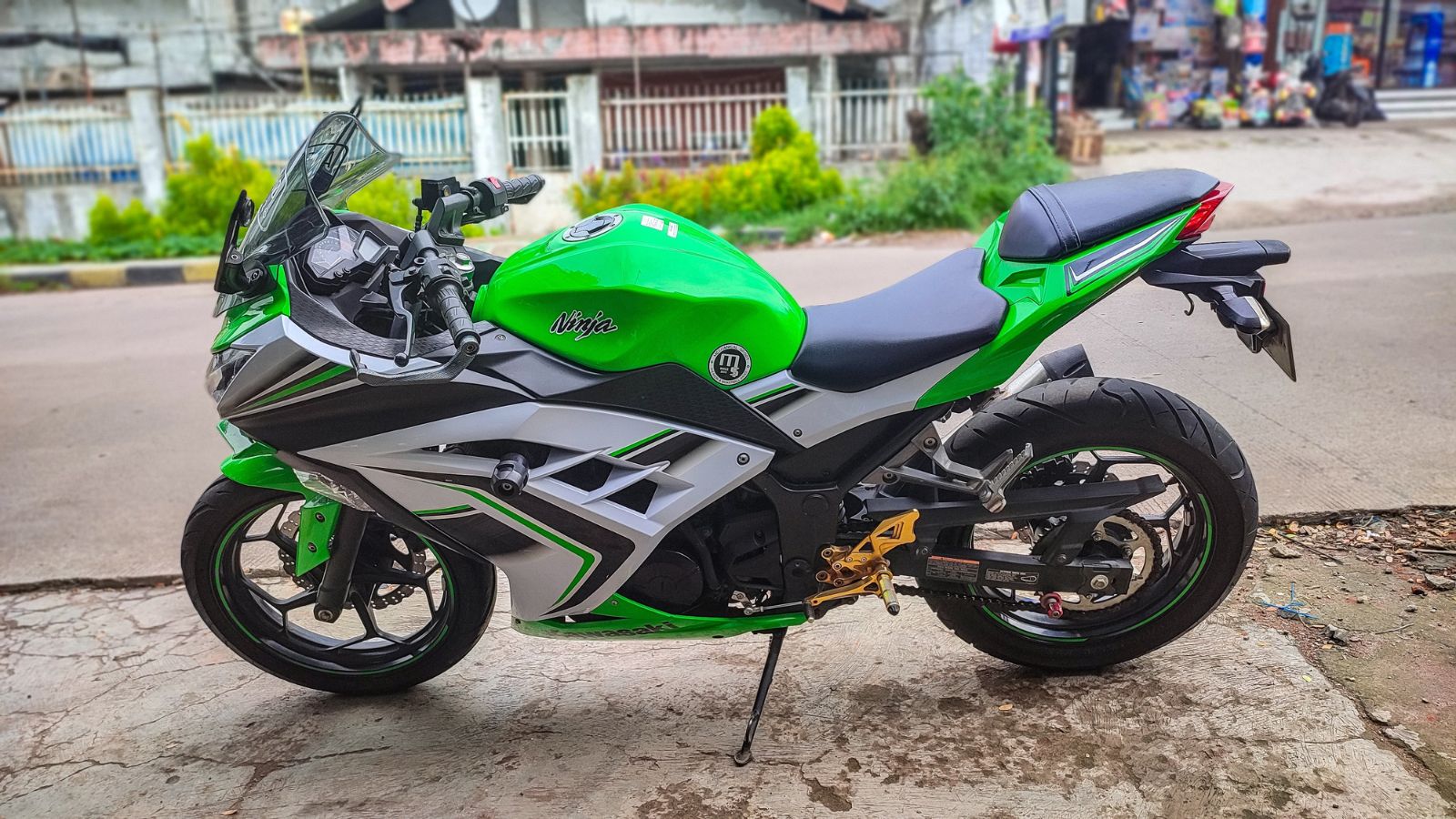
Since its launch in 1986, the Kawasaki Ninja 250 has become a rite of passage for new riders. Its aerodynamic fairings and distinctive “Ninja” aesthetics enhance its looks and improve wind resistance. The 250’s seat height of 30.5 inches accommodates a wide range of riders, boosting its accessibility. Further, in 2008, the Ninja 250 underwent significant updates, including a revamped chassis and sharper bodywork, solidifying its status as a popular choice for beginners and commuting.
Suzuki DR650

The Suzuki DR650 is a rugged, do-it-all dirt bike. One of its standout features is its 3.4-gallon fuel tank, which provides ample range for long journeys. The DR650’s comfortable seat height of 34.8 inches accommodates various rider sizes, while its minimalist design simplifies maintenance. Additionally, the DR650’s reputation for durability and reliability makes it a favorite among dual-sport riders.
Harley-Davidson Shovelhead

Produced from 1966 to 1984, the Harley Shovelhead is a classic cruiser that screams America. With its long and low profile, the Shovelhead is as iconic as a leather jacket on a sunny day. Equipped with a 74 cubic inch engine (or 80 cubic inches for the later models), it featured an aluminum engine top end that reduced weight and improved performance. The Shovelhead remains a beloved classic, known for its beauty and flaws (like oil leaks that could rival a leaky faucet).
Indian Chief
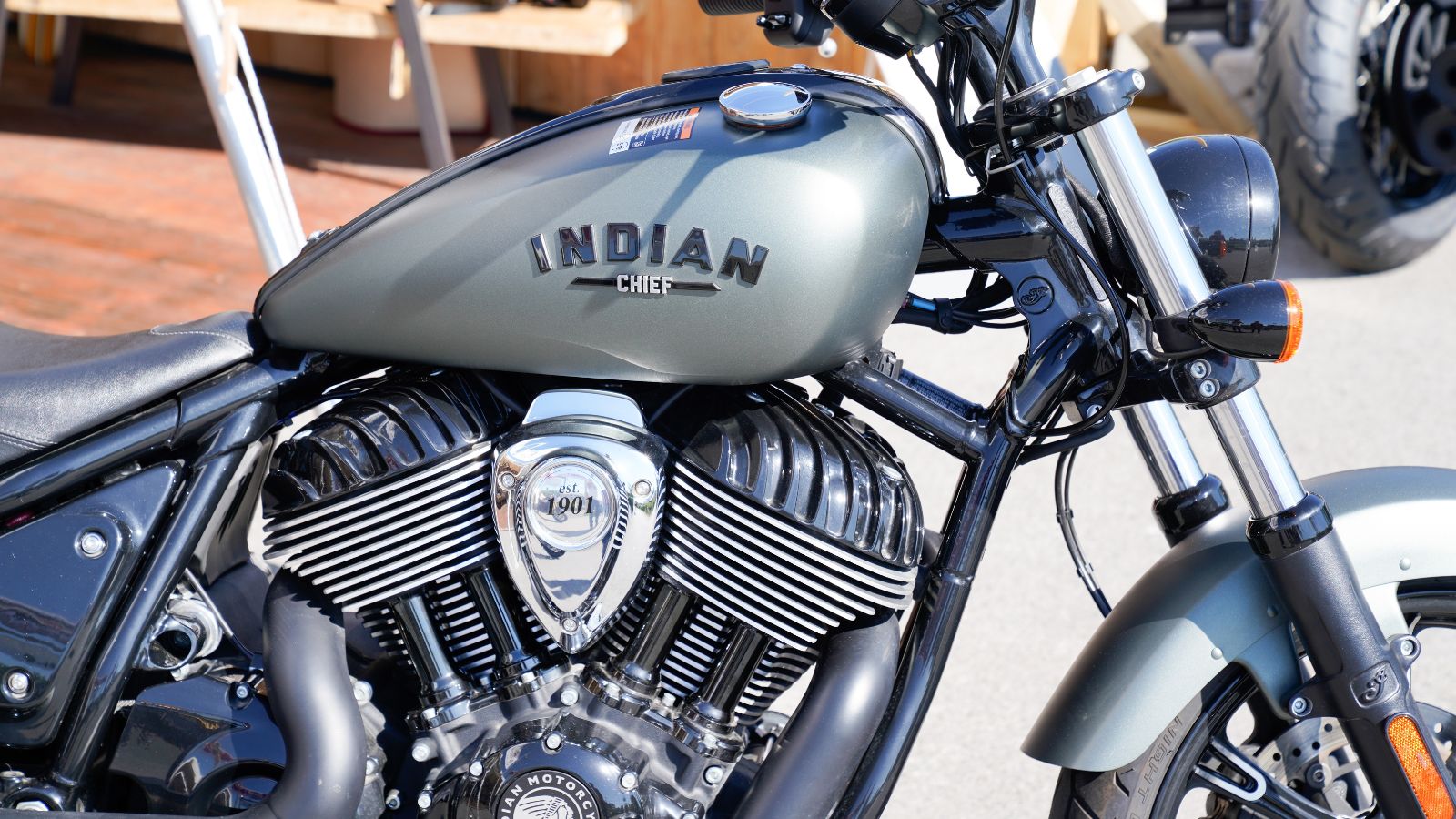
The Indian Chief has been around since 1922 and epitomizes American motorcycling. Over the decades, the Chief has seen more variations than a chameleon at a paint shop, from the original with its distinctive headdress logo to the modern versions that still capture that vintage flair. Even in the age of technology, the Chief maintains its roots.
Ducati Monster
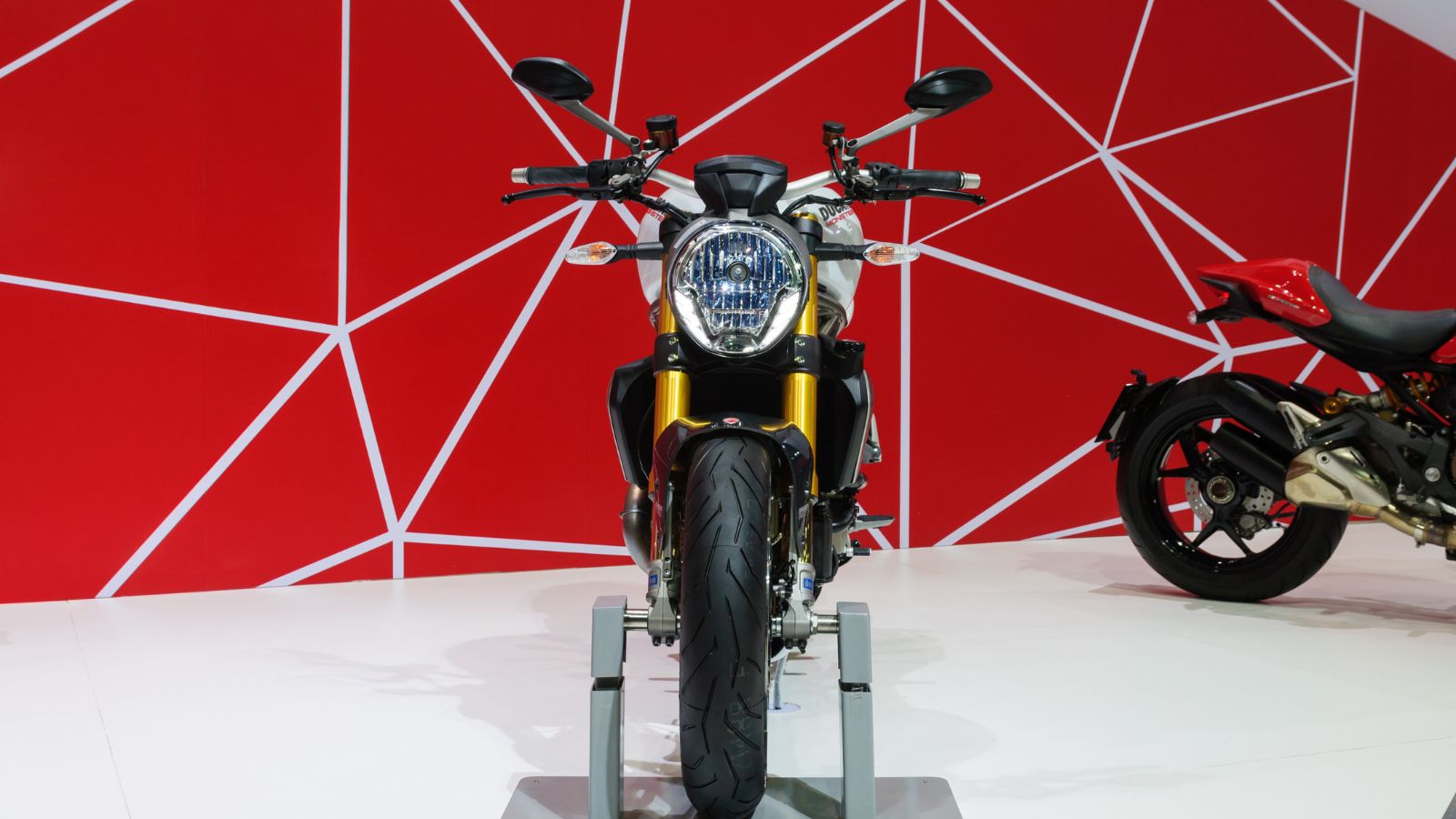
Ducati’s Monster, introduced in 1993, redefined what a “naked bike” could be. Its minimalist design and throaty L-twin engine made it an instant hit. The signature round headlight gives it a slightly confused puppy look, while the chunky tires ensure you won’t be mistaken for a coffee shop cruiser. And, with models ranging from the 696 to the 1200, it’s the perfect steed for city jaunts and spirited weekend rides.
Honda Gold Wing

Since its debut in 1974, the Honda Gold Wing has been the gold standard for touring bikes. It features a six-cylinder engine that purrs like a kitten but can roar like a lion when needed. Gadgets include heated grips, a built-in audio system, and GPS navigation. Riders have reported covering over 200,000 miles on a single Gold Wing—talk about a reliable road buddy.
Kawasaki H2 Mach IV

The Kawasaki H2 Mach IV, launched in 1972, is often dubbed “the Widowmaker,” and for good reason! With a fierce 748cc two-stroke engine that churned out around 74 horsepower, this beast could go from zero to 60 mph in a blink—often catching riders off guard faster than they could say, “Hold on!” Kawasaki’s H2 also boasted an insane top speed of 130 mph, making it the fastest production motorcycle of its time—perfect for thrill-seekers with a flair for danger.
BMW K-Series

BMW’s K-Series, affectionately dubbed “the Flying Brick,” launched in 1983 and was revolutionary. The K-series featured an inline-four engine mounted horizontally, offering low vibration and durability, making it a favorite among long-distance riders. You can still find plenty of K-bikes on the road today, doing what they do best—touring comfortably and reliably.
Honda XR650L
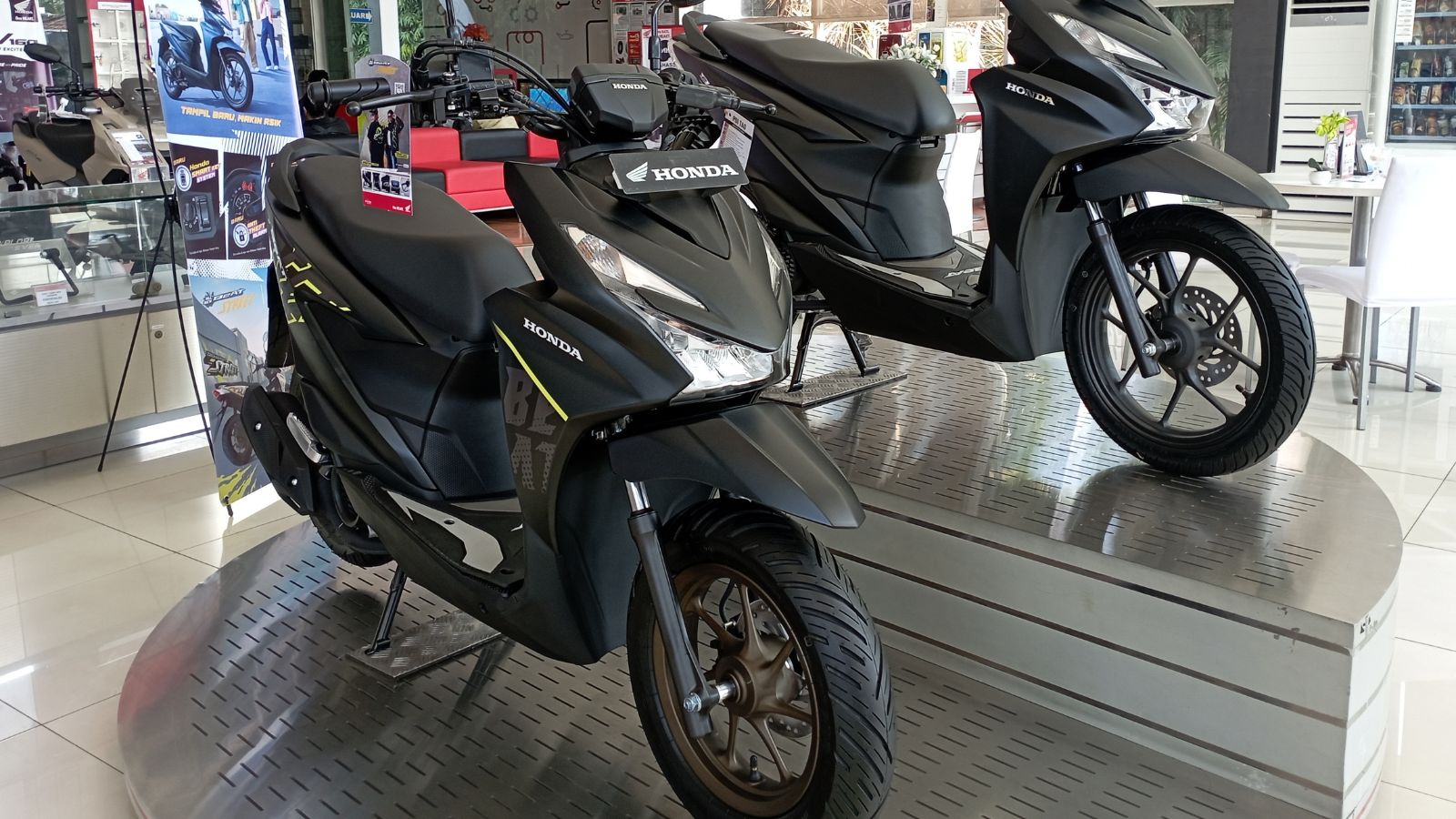
The Honda XR650L, first released in 1993, is renowned for its ruggedness and versatility. Riders love its legendary reliability—many XR650Ls are known to clock over 50,000 miles before requiring anything more than a good tune-up. It’s equipped with long-travel suspension, meaning it can absorb bumps like a pro, whether you’re hopping curbs or bouncing over boulders. Plus, its dual-sport nature means you can legally terrorize dirt and streets!
Suzuki SV650

The Suzuki SV650, introduced in 1999, is praised for its versatility, whether you’re commuting, touring, or pretending to be in a motorcycle commercial. Plus, the user-friendly design means you can maintain it without summoning a team of mechanics. Thanks to a cult following, finding aftermarket parts is easier than finding a good slice of pizza in New York. The SV650 proves that two wheels and a little attitude can go a long way.
Yamaha V-Max
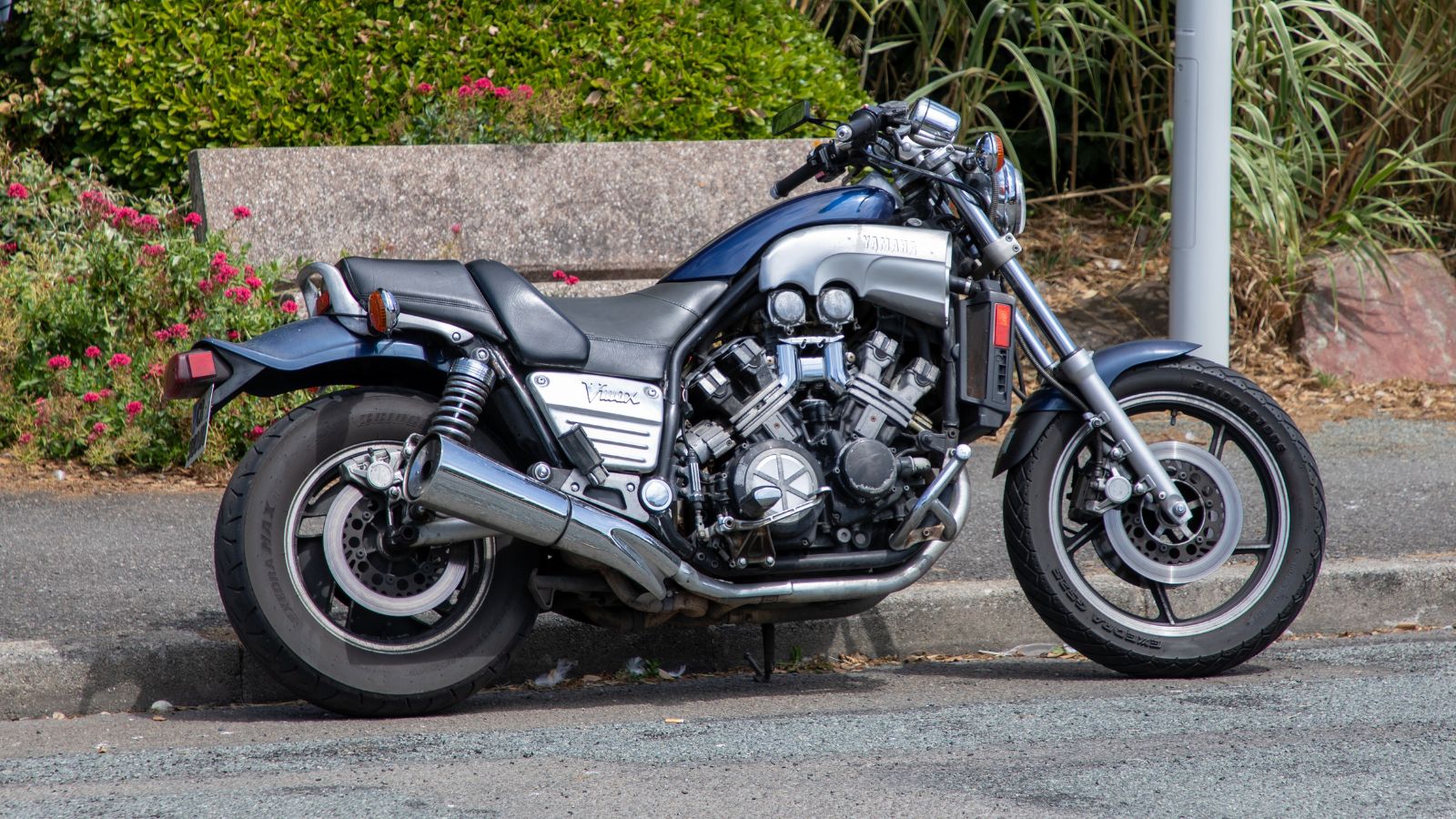
The Yamaha V-Max was launched in 1985. With its legendary V4 engine, producing a staggering 145 horsepower, this beast can rocket from 0 to 60 mph in a mere 3.5 seconds—perfect for those late-night snack runs that require extreme speed. Additionally, the V-Max is built for muscle and might, boasting a unique design with a wide stance and an aggressive look.
Ural Sidecar
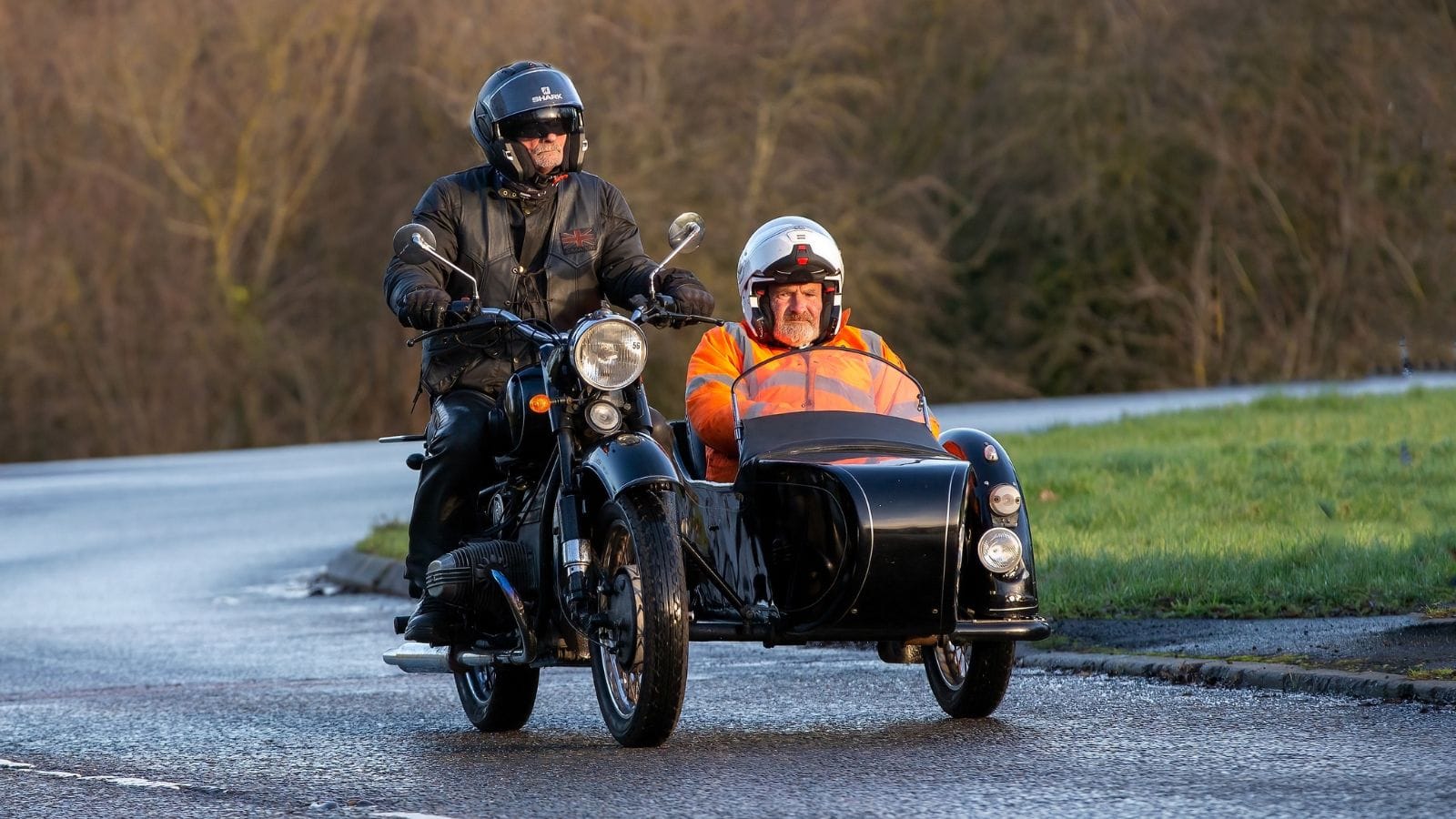
The Ural motorcycle with a sidecar has been in production since WWII and is still built the same way today. With a top speed of about 70 mph, it’s not winning any races, but it will happily traverse rough terrain thanks to its unique two-wheel drive feature. So, if you’re looking for a motorcycle that combines vintage charm with the practicality of a mini-tank, the Ural sidecar is your ride.
Honda Super Cub

Arguably the most influential motorcycle ever, the Honda Super Cub has sold over 100 million units worldwide. Its step-through frame and leg guards allow for easy mounting, even for riders in skirts or robes—a design choice inspired by Soichiro Honda and Takeo Fujisawa’s vision of a universally accessible bike. Not to mention, equipped with a simple, air-cooled 49cc four-stroke engine and automatic centrifugal clutch, it’s also easy to operate for new riders.
12 Cars That Are Known for Their Unbreakable Reliability — They Just Don’t Quit
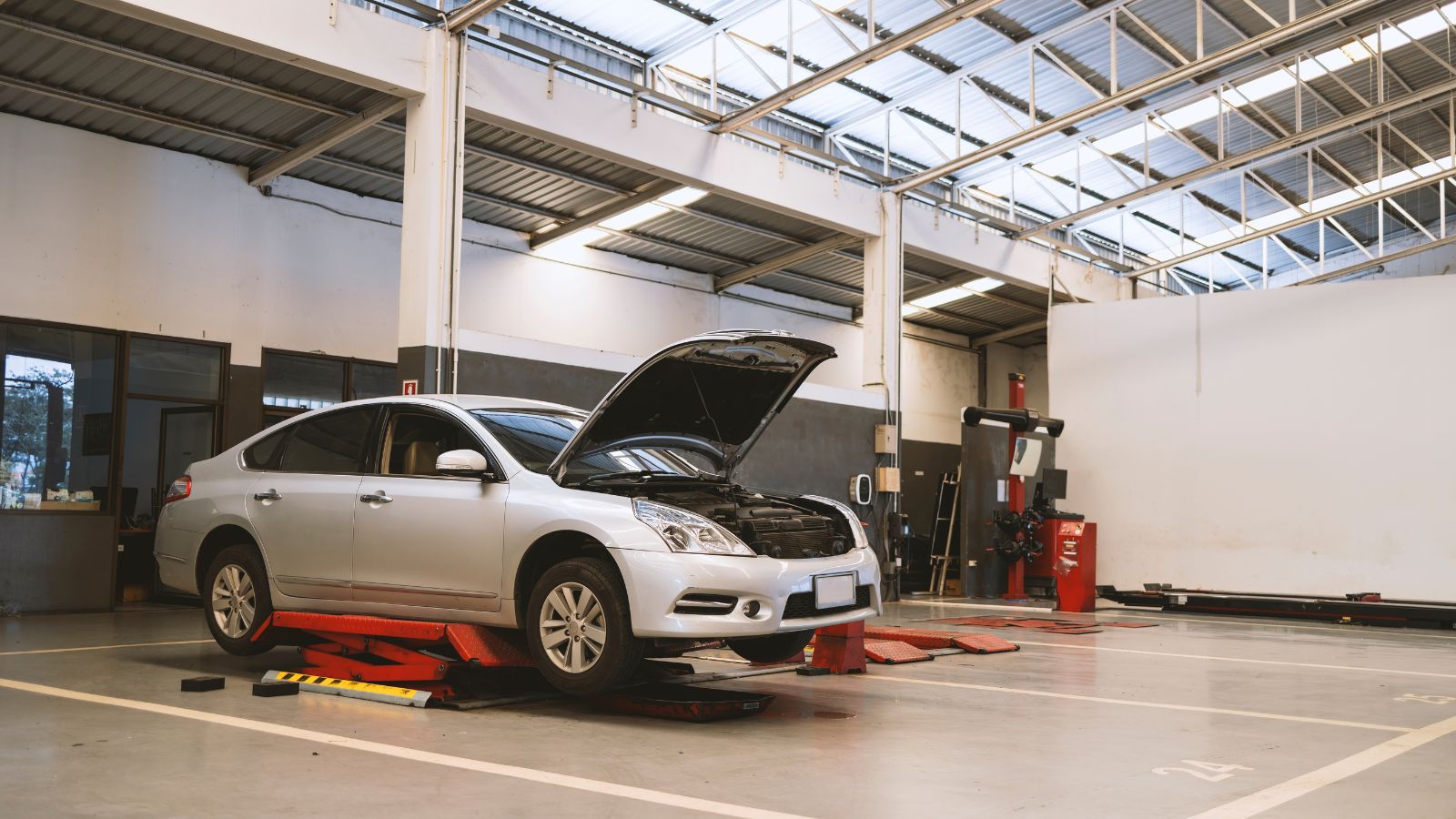
Reliability is a core feature that defines a vehicle. Over the last few decades, some vehicles have emerged as a reliable and durable option, standing out as workhorses that never quit. These vehicles not only prove themselves in terms of performance but transcend their role and become reliable partners, always fulfilling their role. Here are 12 Cars known for their unbreakable reliability.
12 Cars That Are Known for Their Unbreakable Reliability — They Just Don’t Quit
